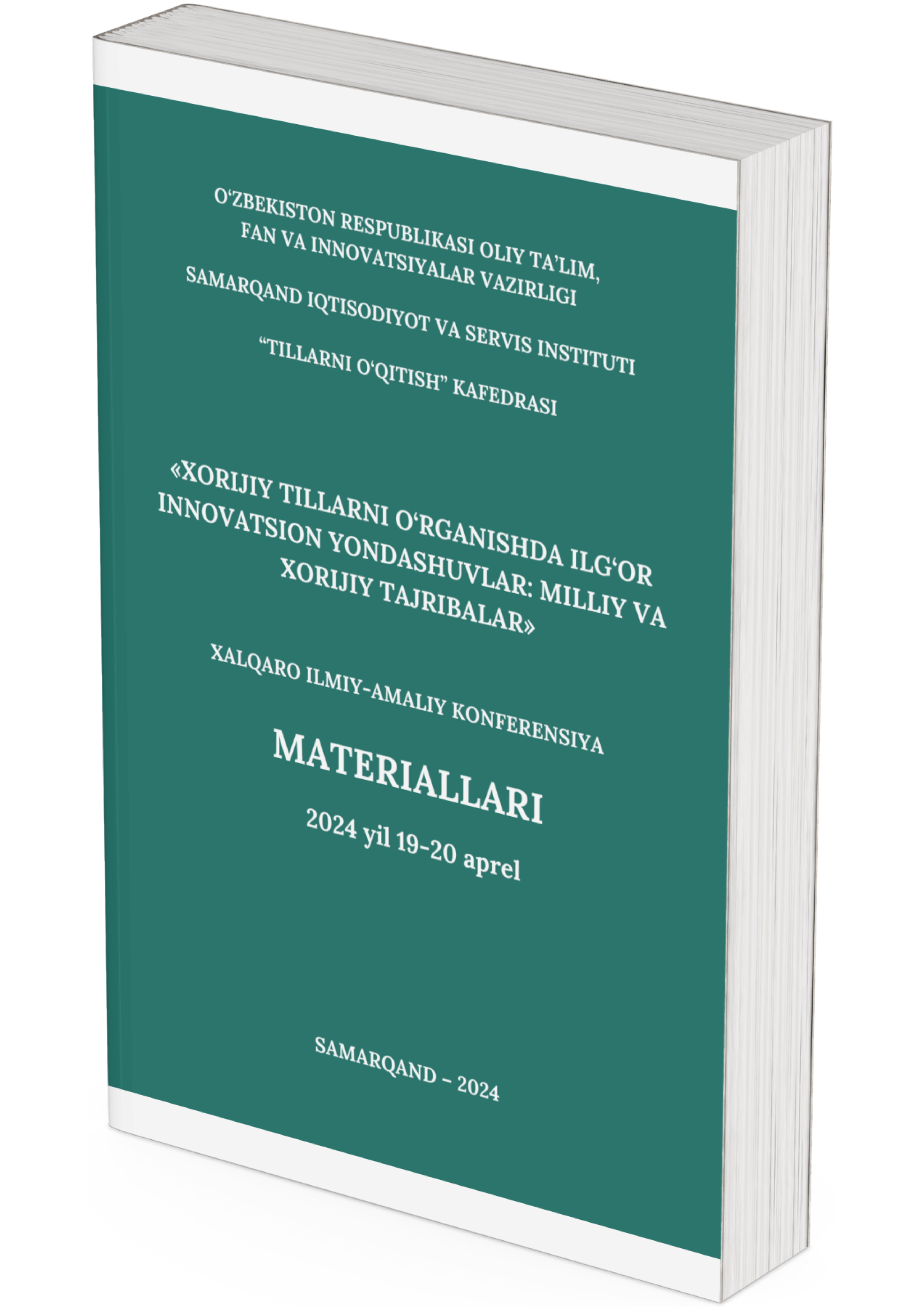ANALYSING LEXIS AND PHONOLOGY IN LEARNING ENGLISH
Keywords:
chart groups, sounds, vowels, diphthongs, phonemes, phonology, sound features, communicate meaning, word stress, sentence stress and intonation, phonemic symbols, connected speech, connected stream of soundsAbstract
This article provides information about the role and importance of learning phonology in language teaching and learning. It discusses the use of the sound features used in a language to communicate meaning. The article also highlights the features include phonemes, word stress, sentence stress and intonation.
References
Fuad Mammadov. Culturology. Printing house of the company "Abilov, Zeynalov and Sons" Baku. 2002 534 p.
Anna Brusser. Methodical recommendations and practical tasks for young teachers. Moscow 2008, 112 p. –VTsKhT (“I enter the world of arts”).
Mary Spratt, Alan Pulverness, Melanie Williams “English for speakers of other languages”
B. F. Skinner, Using New Technologies in the Classroom. 1997.
Clark, Richard E. "Media will never affect learning." Educational technology Research and development. 1994
Clifford, George P. "Issues and trends leading us into the twenty-first century." 1994.
Downloads
Published
Issue
Section
License
Copyright (c) 2024 Ravinder Gargash, Sanobar Kipchakova (Author)

This work is licensed under a Creative Commons Attribution 4.0 International License.




